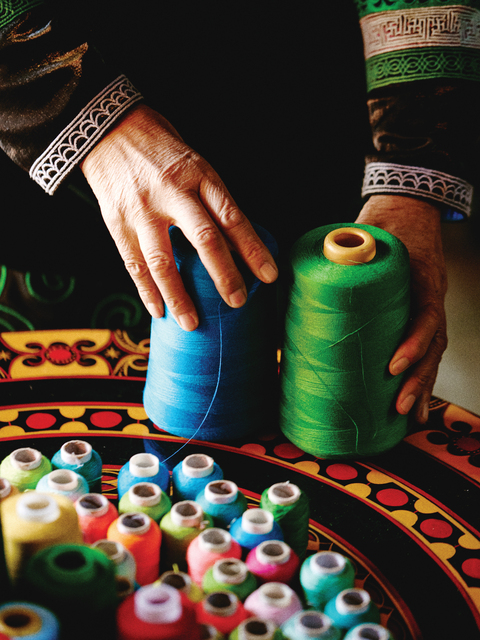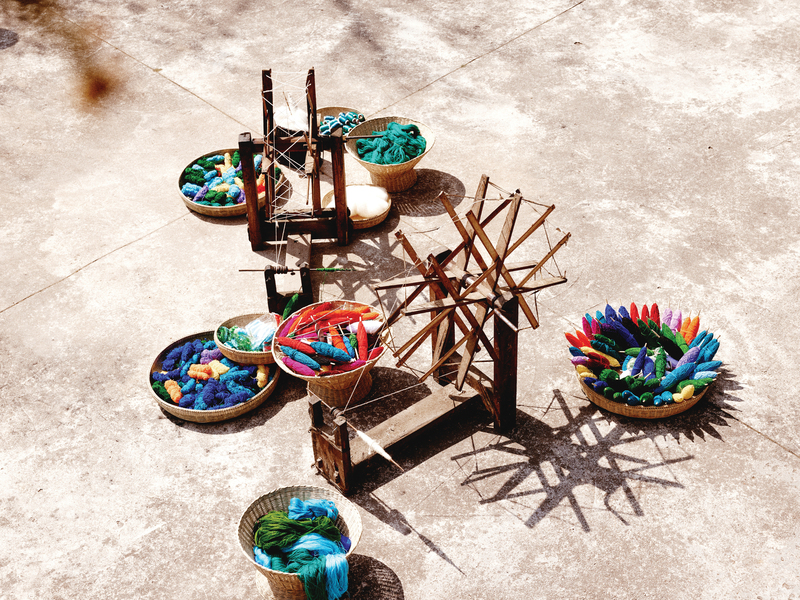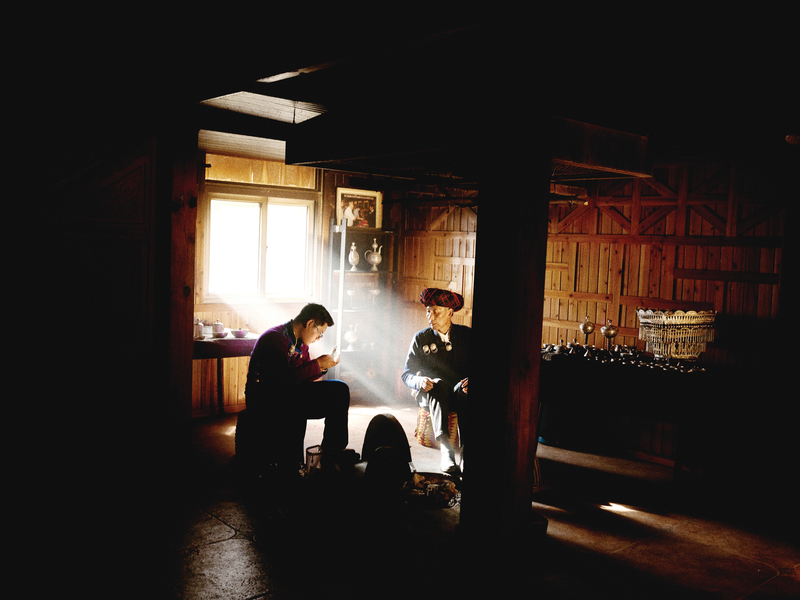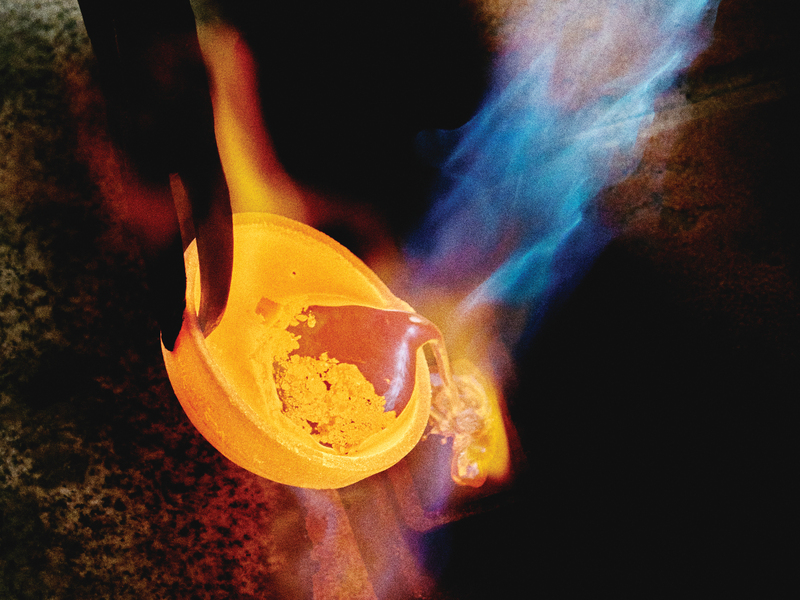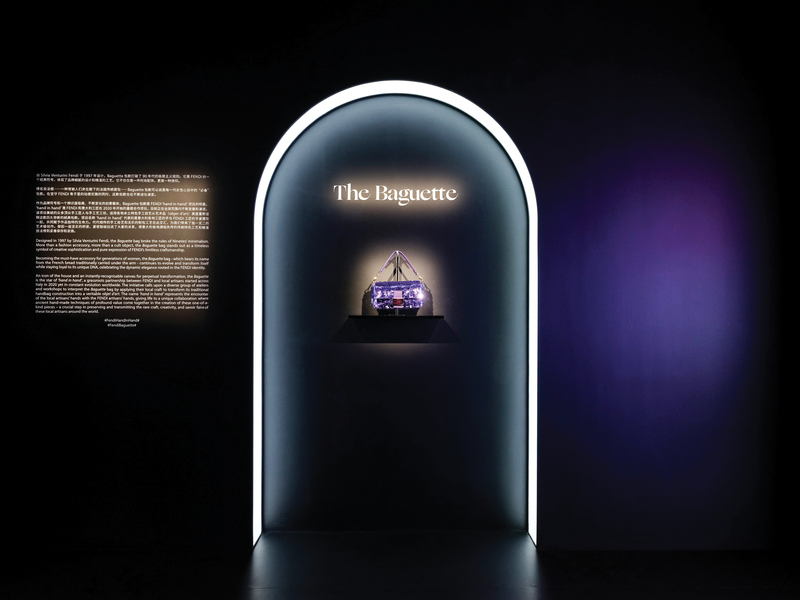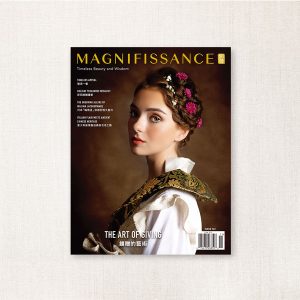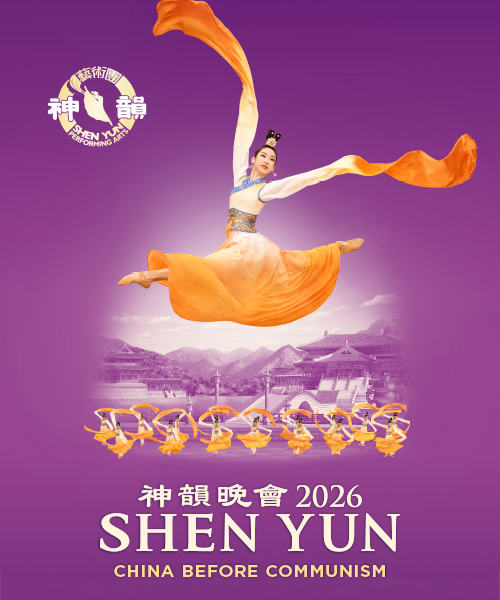
Time-Honoured Glamour: Fendi Teams Up with Chinese Ethic Tribe
Fendi's ‘Hand in Hand Initiative’ is a masterful fusion of fashion, culture, and craftsmanship
- Text by Charlene Co
- Photos Courtesy of Fendi
The Fendi Baguette handbag has been a fashion icon since artistic director Silvia Venturini Fendi introduced it in the late 1990s. Boldly breaking from the minimalistic trends of the era, the Baguette has since garnered iconic status, commanding a sui generis mystique in the fashion world.

And yet, the “Hand in Hand” initiative elevates this status further. Imagine a handbag painstakingly handcrafted by master artisans from one of China’s most ancient indigenous tribes using centuries-old techniques passed down through generations. This is how Fendi is taking this already emblematic bag into the realm of fine art, a feat only very few in the fashion world have managed to achieve.

Through its “Hand in Hand” initiative, Fendi weaves together its sartorial ingenuity with indigenous crafts from diverse corners of the globe. In the process, each Fendi Baguette transforms into a singular, mesmeric canvas of cultural dialogue.
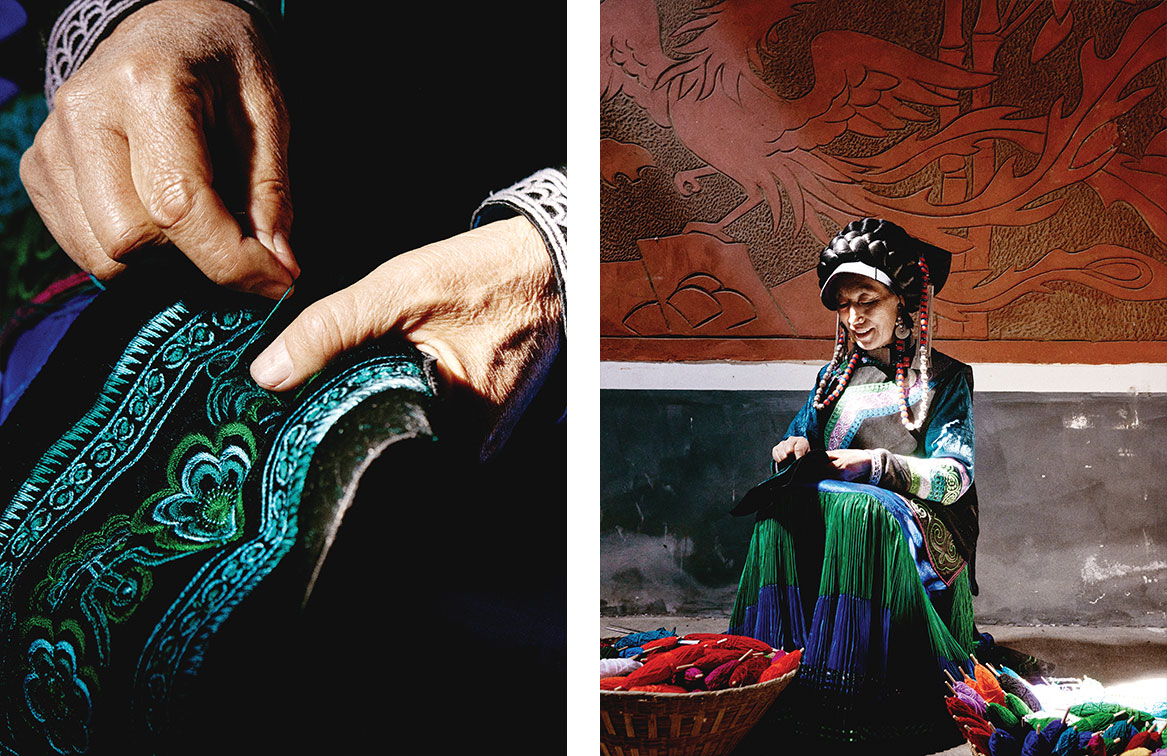
The recent collaboration between Fendi and China’s Yi ethnic tribe—one of the oldest in this ancient nation—serves as a mesmerizing case study. Two of its master artisans, A Xi Wu Zhi Mo and Le Gu Sha Ri were asked to contribute their centuries-old skills to the project. A Xi Wu Zhi Mo, a virtuoso in traditional Yi embroidery, has dedicated her life to this ancient craft.
Leading the “Yi Needle and Thread” cooperative, her embroidery breathes vibrant hues of blue, green, and aqua onto the velvety black canvas of the bag. In Yi culture, black represents the earth—a fitting backdrop for the luminescent embroidery motifs of the Soma flower (rhododendron), thus adding layers of cultural narratives to the Fendi Baguette’s already intricate tale.
Complementing this embroidered tapestry is Le Gu Sha Ri, a silver artisan whose name fittingly translates to “craftsman” in the Yi language. Hailing from Butuo County, a region renowned for its silver craftsmanship, Le Gu’s ancestral lineage boasts an awe-inspiring 17 generations of master artisans. His sterling silver accoutrements accentuate the Baguette, resulting in a labyrinthine FF clasp rendered in 925 sterling silver, crafted through a meticulous process that involves melting, hammering, carving, and engraving. Suspended tassels and silver bells add ethnic flourishes, culminating in a Baguette of ethereal sophistication.

This mosaic of folk artistry and contemporary fashion is a visual symphony. It’s a feast for any collector and art enthusiast, its opus reverberating across an immersive exhibition that unfolded in Beijing, which was the project’s third global showcase after Rome and Tokyo.
The exhibition’s scenography lent gravitas to the artisanal essence of the project as Fendi combined digital and physical elements to form a vivid historical and cultural narrative. Floor-to-ceiling LED screens showcased the meticulous steps involved in creating the masterpiece, transforming its intricate details into an artistic spectacle.
The designs of A Xi Wu Zhi Mo and Le Gu Sha Ri were displayed alongside 23 other Baguettes crafted by other artisans, each narrating a cross-cultural dialogue between East and West.
In an additional tribute to artistic skill, Fendi introduced a dedicated zone for the special edition Peekaboo handbags first introduced in 2008. These bags were transformed into art pieces by international luminaries such as Zaha Hadid and Adele, as well as local artists Lu Pingyuan, Ni Youyu, and Chen Fenwan.
The exhibition transcended mere pageantry—it became a place that honoured the irrefutable and timeless allure of artisanal craftsmanship. That’s why, in an era saturated with fast fashion and technology, Fendi’s “Hand in Hand” initiative holds a deeper meaning and serves as a poignant reminder of the irreplaceable value of craftsmanship, culture, and transmission.
Inspired for a Beautiful Life
Related Articles

A Steward of Chinese Artistry
Immersed in antique Chinese paintings for decades, Tony Dai has amassed not just an enviable art collection, but also a profound understanding of his cultural heritage


